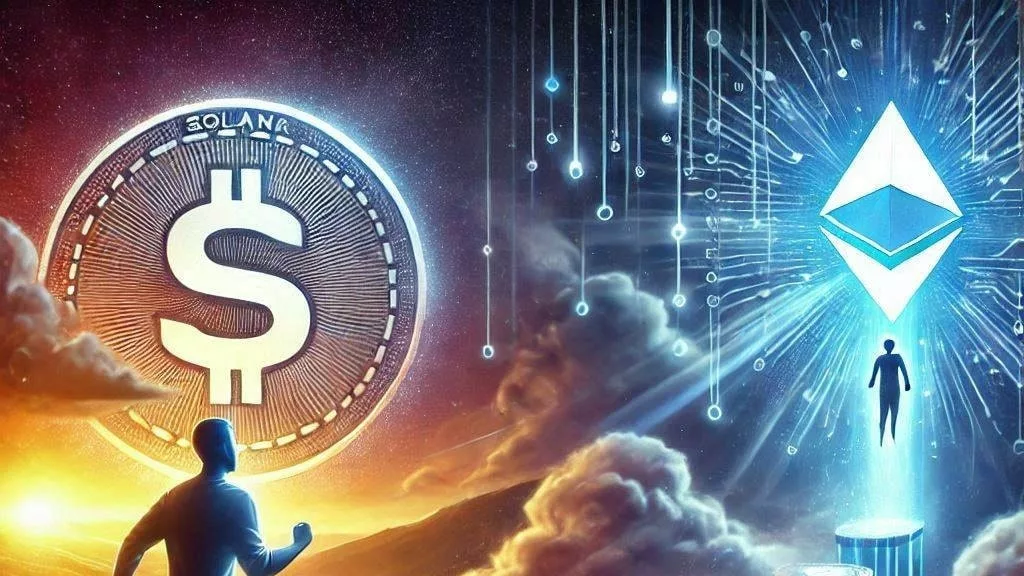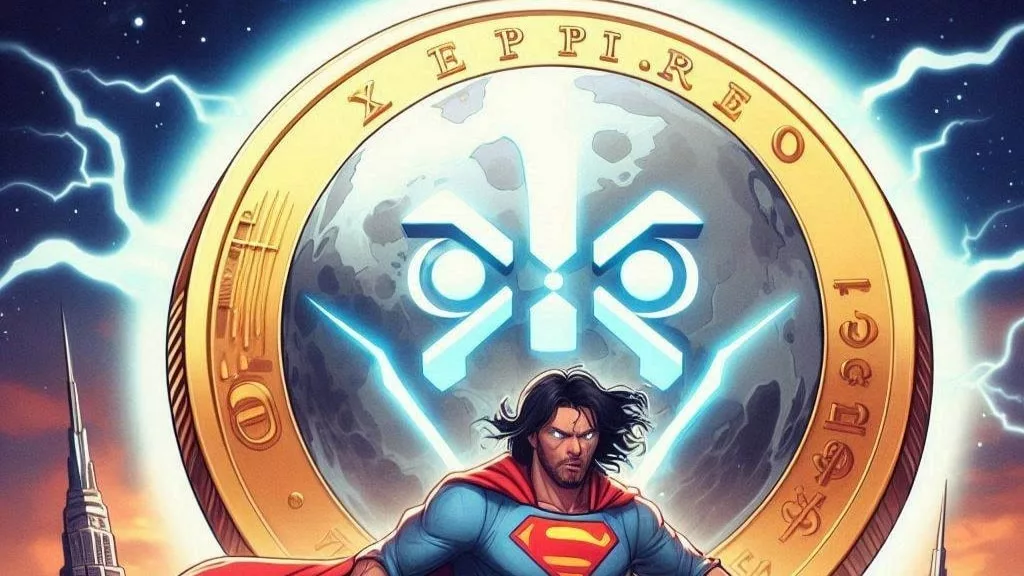
Solana’s (SOL) remarkable growth in the last few months has led to comparisons to Cardano (ADA), once a dominant player in the blockchain space. As Solana continues to outpace Cardano in terms of transaction speed, low fees, and overall ecosystem development, many are questioning whether Cardano can regain its relevance in 2024.
From September to December 2024, Solana’s blockchain has gained significant attention due to its superior transaction speeds and lower fees compared to Cardano. Solana can process over 65,000 transactions per second, making it highly attractive for developers and users alike. The result? A sharp increase in Solana’s price, which soared above $240 in November before consolidating at around $216 as trading volume decreased. Despite this short-term cooling, Solana’s On-Balance Volume (OBV) remains strong, reflecting sustained market interest, although its Relative Strength Index (RSI) has dipped toward 44, indicating some short-term weakness.
In contrast, Cardano’s blockchain has faced several challenges. Although ADA saw a brief surge to $1.20 in November, it failed to build on that momentum. One of the main reasons for this stagnation is the lack of significant network upgrades. Cardano’s throughput remains limited to around 250 transactions per second, far behind Solana’s capabilities. Furthermore, Cardano’s RSI has been hovering around neutral (50), and its OBV has flatlined, suggesting minimal investor interest and weak capital inflows.
Solana’s ecosystem has grown exponentially, driven by its adoption in the decentralized finance (DeFi) and non-fungible token (NFT) spaces. In stark contrast, Cardano’s ecosystem remains underdeveloped, with limited engagement from developers. Solana currently boasts a Total Value Locked (TVL) of $9.007 billion, while Cardano lags far behind with just $555.13 million. Solana’s robust TVL and high transaction fees ($3.37 million in just 24 hours) point to a network that is thriving, while Cardano has reported $0 in fees over the same period, signaling low user activity.
Solana’s social volume has consistently risen, reflecting a growing community and increasing interest in the blockchain. On the other hand, Cardano’s social engagement remains relatively muted, aligning with its flat TVL and lackluster price performance. This highlights the disparity in market interest between the two blockchains, with Solana clearly leading in terms of both user adoption and network value.
With Solana’s superior transaction speed, active ecosystem, and growing adoption, it is tempting for investors to shift their focus away from Cardano. However, market cycles are rarely linear, and Cardano still has a loyal community that could rally behind future updates. Cardano’s roadmap, which includes scalability and smart contract improvements, could play a crucial role in its recovery.
That said, Solana’s metrics are undeniably impressive, and its current momentum makes it a promising investment. However, investors should remain cautious, considering potential risks like network congestion, which could slow down Solana’s growth in the future.
Solana’s rise presents a significant challenge to Cardano’s once-prominent position in the blockchain space. While Solana’s ecosystem and user adoption outshine Cardano’s, Cardano’s future remains uncertain. For now, Solana’s rapid growth and market performance make it a strong contender in the crypto space, but Cardano’s story is far from over. Investors should carefully evaluate both networks and weigh their long-term potential before making any decisions.


Get the latest Crypto & Blockchain News in your inbox.